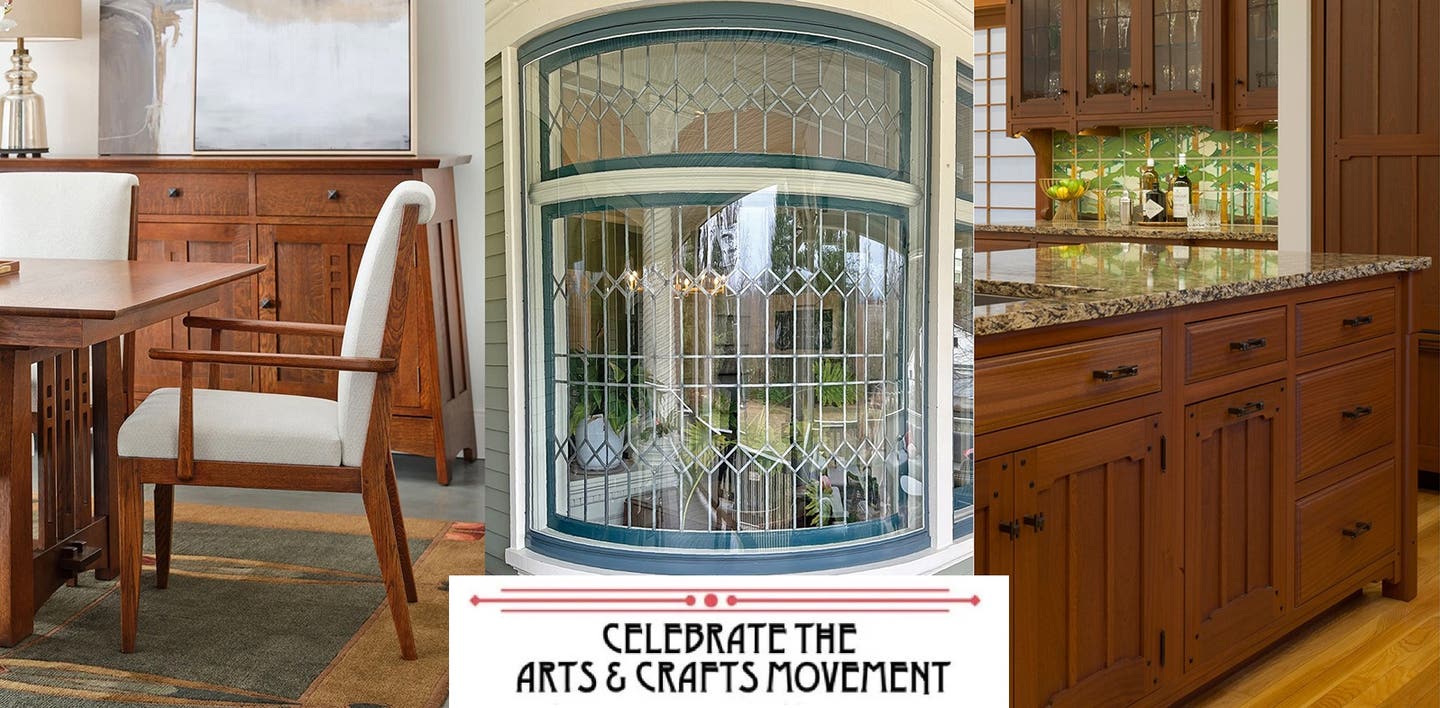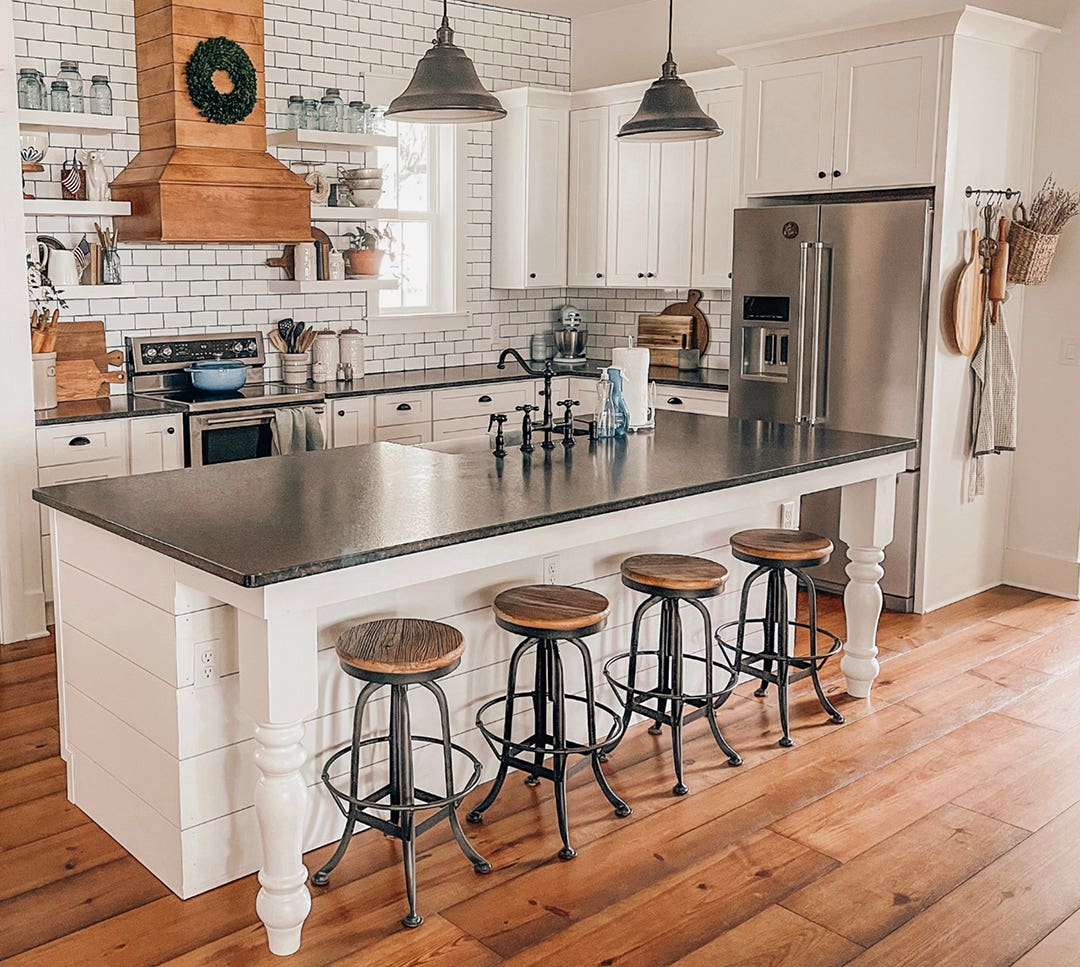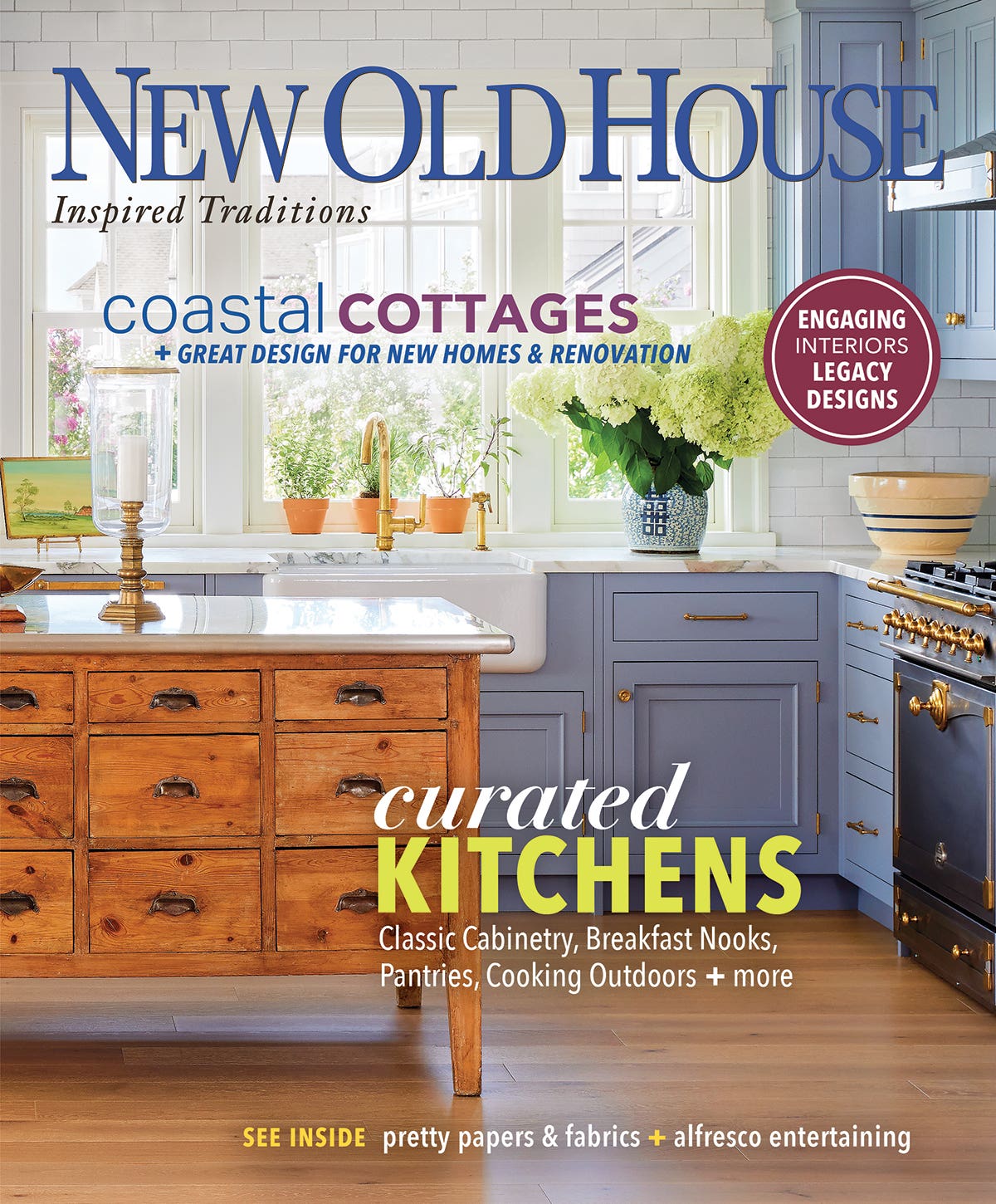In our article about Naumkeag’s restored gardens, one caption refers to a ha-ha, a term unfamiliar to most Americans. And so this digression: A ha-ha is a recess creating a vertical barrier that, unlike a fence, preserves an uninterrupted view of the landscape. The device uses an incline sloping to a steep face, which may be reinforced with a masonry retaining wall. The name "ha-ha" is thought to have stemmed from the exclamations of surprise by those coming across them, as the walls were intentionally designed so as not to be visible on the plane of the landscape. Alternatively, it may have been referred to as "ha-hah" as an abbreviation of "half and half" with half a wall and half a ditch.
Livestock and wildlife are thus prevented from getting too close to gardens and living areas around the house. Ha-has are also used to prevent vehicles from traversing a lawn.
Old deer parks in England had sunken ditches that allowed deer to enter but not get out. Mention of ha-has (or ah-ahs) is traced back to the late 17th century in France, and refers to an opening in a wall with a lined ditch below—but no gate to impede the view. The ha-ha was an important device in creating the sweeping views of 18th-century landscape architect Capability Brown. The French, along with English art historian Horace Walpole and Thomas Jefferson, credit the name as an expression of surprise and humor (at finding the sudden drop-off during a stroll). My own first encounter with a ha-ha was while walking my dog after dusk on a deserted golf course. Luke was young and fast; when, running ahead, he suddenly disappeared, scratching the air like Wile E. Coyote and landing with a thunk, I burst out with “ha ha ha” once I knew he was unhurt. Other words in this issue:
FOURSQUARE We mean the near-cubic American Foursquare that was wildly popular from the late 1890s through about 1930. It has a hipped or pyramidal roof, usually at least one dormer, and a large front porch. BATTERED Having sloping faces or sides, wider at the bottom and tapering at the top. a FLORIBUNDA Abundantly flowering or with dense flower clusters, like the roses at Naumkeag. USIONIAN A reference to Frank Lloyd Wright’s concept for affordable houses in the U.S., 1930s–50s.
Patricia Poore, Editor
* a nonsensical late ’60s expression denoting approval or delight at something remarkable—like, you know, words.
Patricia Poore is Editor-in-chief of Old House Journal and Arts & Crafts Homes, as well as editorial director at Active Interest Media’s Home Group, overseeing New Old House, Traditional Building, and special-interest publications.
Poore joined Old House Journal when it was a Brooklyn-brownstoner newsletter in the late 1970s. She became owner and publisher and, except for the years 2002–2013, has been its editor. Poore founded the magazines Old-House Interiors (1995–2013) and Early Homes (2004–2017); their content is now available online and folded into Old-House Journal’s wider coverage. Poore also created GARBAGE magazine (1989–1994), the first unaffiliated environmental consumer magazine.
Poore has participated, hands-on, in several restorations, including her own homes: a 1911 brownstone in Park Slope, Brooklyn, and a 1904 Tudor–Shingle Style house in Gloucester, Massachusetts, where she brought up her boys and their wonderful dogs.







